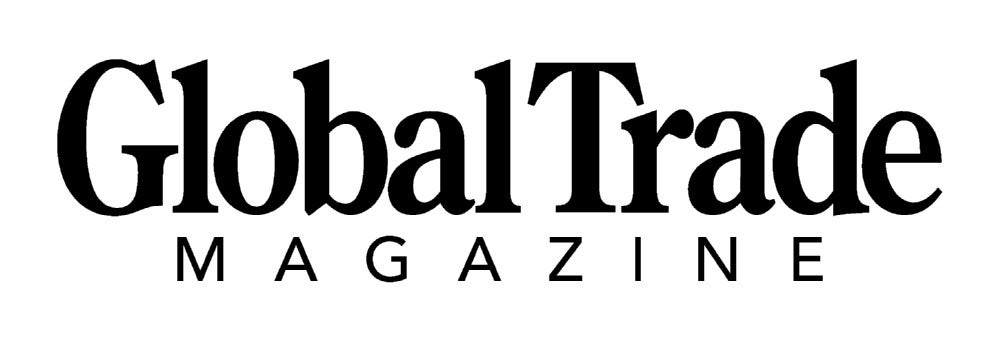Modern Slavery
It’s more common than you might think. Seeking a means to provide for themselves and their families, millions of people routinely put their fate in the hands of brokers who promise factory, fishing, farming, hospitality or healthcare jobs overseas. They leave their country, greeted in a strange land not by honest employers but by traffickers.
They are now bonded laborers who are told they must work to pay off their debt under threat of violence. Sometimes that “work” is commercial sex. Against their will, by force, fraud or coercion, they have become slaves.
The International Labor Organization estimates that 20.9 million men, women and children are victims of forced labor at any point in time. Although a person does not need to be physically transported to be subject to slavery, 29 percent of victims end up in forced labor after moving across international borders.
$150 Billion in Illicit Profits – Every Year
In small numbers, we should be concerned. But this is no small problem. According to the Alliance to End Slavery and Human Trafficking, human trafficking is one of the largest criminal enterprises in the world, generating an estimated $150 billion in illicit profits annually.
In the United States, January has been designated National Slavery and Human Trafficking Prevention Month. To recognize the 20th anniversary of the landmark Trafficking Victims Protection Act of 2000 (TVPA), the White House held a Summit on Human Trafficking on January 31.
The summit culminated in the signing of an executive order to improve prevention, increase prosecutions, and strengthen protections for victims in the United States, recognizing that “millions of individuals are trafficked around the world each year — including into…the United States.”
To combat it requires a comprehensive government effort involving labor and criminal enforcement, public services to aid victims, counter-trafficking policies and programming in overseas assistance, intelligence and diplomatic coordination – and trade policy.
Trade Policy and Trafficking
As far back as the Tariff Act of 1930, the United States prohibits the importation of foreign goods made by means of slave labor. But more recently, Congress has debated whether the United States should grant trading privileges to governments that do not respect human rights or fail to combat trafficking.
That question featured in the annual debate over whether to grant “most favored nation” trading status to China before it entered the WTO. It arose again when some Members of Congress questioned whether Malaysia should be included in the Trans-Pacific Partnership negotiations.
In January 2018, Senators Menendez and Portman introduced the Anti-Trafficking Act to suspend countries from U.S. trade preference programs for one year for failing to address trafficking.
The U.S. State Department spearheads an annual Trafficking in Persons (TIP) Report to assess the extent to which our and other governments are making efforts to meet minimum standards to eliminate human trafficking. On that basis, countries are placed into one of three tiers or on a watch list. “Tier 1” countries are deemed compliant with minimum standards under TVPA for making “serious and sustained efforts” to eliminate human trafficking.
On the other end of the spectrum, governments on “Tier 3” do not fully meet the minimum standards and are not making significant efforts to do so. A country in Tier 3 may be restricted from receiving certain U.S. foreign aid, though the president may issue a partial or full waiver, particularly if withholding such assistance would cause adverse effects to vulnerable populations. The concept of withholding benefits to Tier 3 countries has also been applied to trade.
To see the full article, click here.

